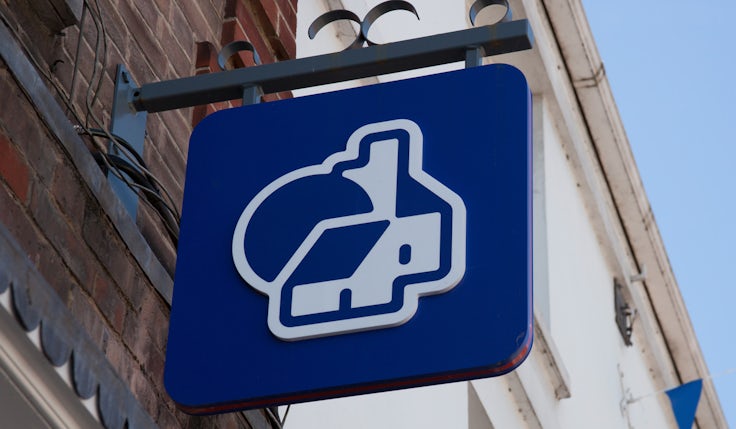Nationwide’s CMO on why marketers should not let themselves be ‘patronised’
Rather than allowing themselves to be pigeonholed as the ‘colouring-in department’, marketers should demonstrate what they deliver for the business, argues Nationwide CMO Sara Bennison.
 Top marketers from Nationwide and Diageo urged marketers to stand up for their roles and prove marketing can bring value to the table, rather than allowing it to be subservient to other parts of the business.
Top marketers from Nationwide and Diageo urged marketers to stand up for their roles and prove marketing can bring value to the table, rather than allowing it to be subservient to other parts of the business.
Speaking at the Festival of Marketing: The Year Ahead today (18 October), Nationwide chief product and marketing officer Sara Bennison said the devaluation of marketing stems from senior marketing roles that “didn’t have marketing in them”.
“That made me really aggravated,” said Bennison. “It’s so vital we stand up for what’s important around what marketing delivers for our business in a way nothing else does and not be made subservient to the other functions that like to call us the ‘colouring-in department’. I can’t think of another function that gets the same degree of being patronised and which contributes so much to an organisation.”
Diageo global head of beer, Baileys and Smirnoff, Mark Sandys, agreed it is critical that marketers are “transparent” and make the effort to teach their brands the “science behind marketing” in order to prove its value.
The drinks giant not only sends its brand building playbook to the marketing team, but to senior executives across all functions such as finance and commercial, to illustrate how the company’s purpose and philosophy will drive growth.
It’s so vital we stand up for what’s important around what marketing delivers for our business in a way nothing else does.
Sara Bennison, Nationwide
Sandys believes the key to successful marketing is the constant balance of short-term goals and long-term brand building, which he describes as “face reality and give hope”.
Bennison noted that Nationwide differs from Diageo due to its focus on a single market and brand. This enables the building society’s marketers to be clearer when it comes to collaborating with other departments.
“There’s no point tying ourselves in knots trying to build econometric models for the finance department, because they’ll find something in the methodology that doesn’t work,” said Bennison.
She advised marketers to think from a business point of view and answer questions such as the expectation of financial outcome and set numerical targets to ensure the wider business understands.
“The results will flow through as you achieve a business outcome. It’s not about separating the business and the brand outcome, be very clear on that,” said Bennison.
She noted that when collaborating with other functions often the most important metrics are “straightforward ones”, such as brand consideration, trust, value and belief in service.
Catalyst for ROI
Diageo launched marketing effectiveness tool Catalyst in 2017, which provides instant data to enable better brand investment and strategic planning. Sandys explained the tool brought a “cultural change” to the company, because it made marketing more evidence-based.
“I would say to all marketers the most powerful thing you can do is to make decisions based on evidence. You need to reallocate money and spend it on the stuff that you know will work better on the brands that are more profitable, which in turn will improve results,” he said.
“That’s the way to unlock further investment and to make sure that return on investment, certainly from our point of view, is done on a long-term basis.”
Baileys is an example of how marketing can turn around a failing brand. Sandys explained the liqueur brand “got it wrong to start with” by having a brand purpose – to help women shine – that was too “higher-order”.
I would say to all marketers the most powerful thing you can do is to make decisions based on evidence.
Mark Sandys, Diageo
“We misdiagnosed what was going on with Baileys and thought people had fallen out of love with it. We were writing these long theatrical TV scripts to try and recreate the sense of love for it, and it wasn’t working,” Sandys recalled.
The company engaged in brand diagnosis to figure out what distinct attribute of the brand and product draws in Baileys’s “millions of customers”.
As a result, Diageo “reframed” the brand to not compete against other liqueurs, but to sit in the category of treats. By doing this Baileys moved from long TV ads to smaller, but more meaningful activations.
“The real power was we were able to show the return on investment we were getting [from doing this] and that then became this virtuous circle of getting more investment, and spending behind the right things,” said Sandys.
“As a result, Baileys is one of the fastest-growing brands that we have at Diageo. It’s really turned around by just being able to frame that central idea of what was distinctive about the brand for consumers.”






